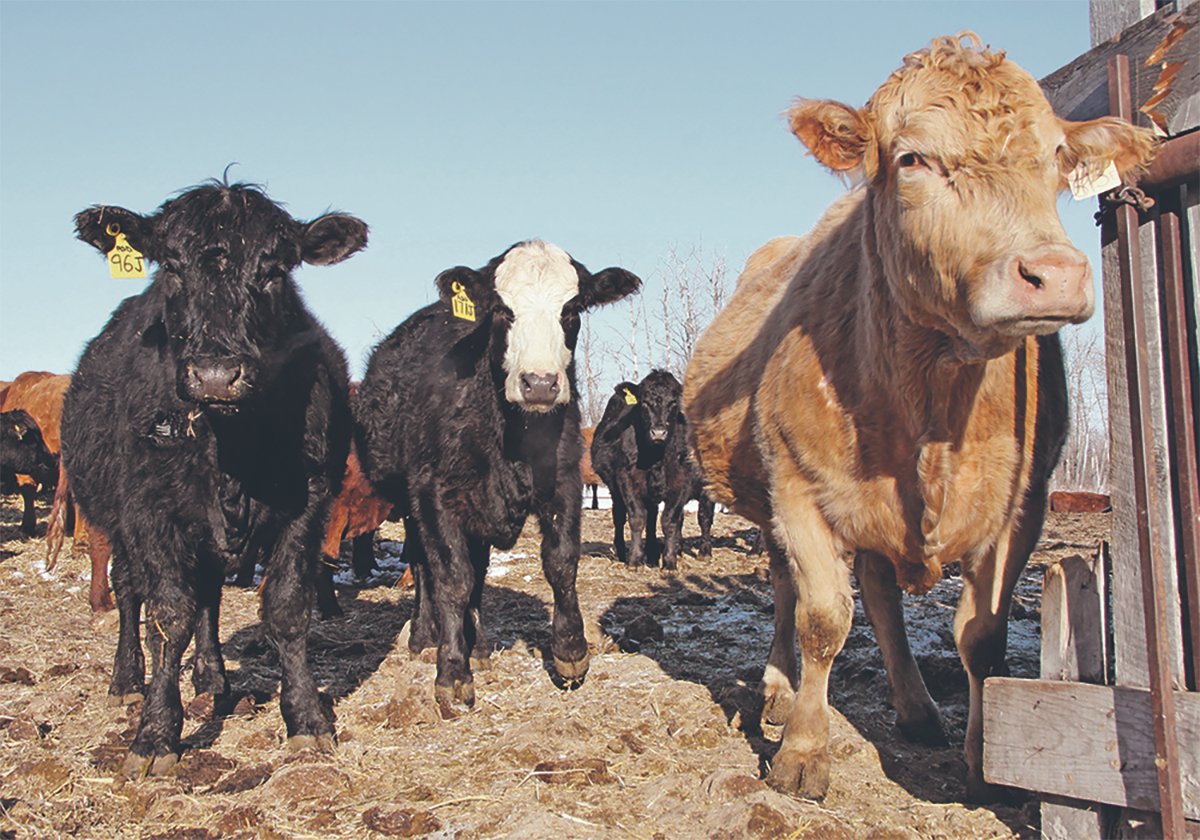LETHBRIDGE, Alta. – Knowledge gained to control a potentially harmful
E. coli strain may be a useful defence against other harmful bacteria.
“There is every reason to think new organisms will arrive that could be
just as virulent as E. coli,” said Tim McAlister.
The Agriculture Canada researcher has conducted studies on E. coli
0157:H7.
It is a relatively new bacteria but it has received public attention
because it can kill.
Ten cells are enough to cause an infection in people with about a three
Read Also

Livestock inspection costs increase in Saskatchewan
The Sept. 1 50-cent increase to livestock inspection fees may seem like another hit when everything is going up, but the chief executive officer of Livestock Services of Saskatchewan said producers should consider the value they receive in return.
percent mortality rate, striking very young children, the elderly and
those with weakened immune systems.
Animals and manure are often blamed as a major cause of infection, so
research is examining ways to reduce the bacteria shedding in manure
and the transmission of the bacteria in cattle.
A recent audit in Canadian processing plants showed 7.5 percent of
fecal samples from animals collected at slaughter were positive for E.
coli. In the same audit, samples from yearlings were higher than those
collected from cull cows.
Slaughter plants have initiated control methods including steam
pasteurization and acid washes to remove traces of fecal contamination,
which could carry the pathogens. Acid washes are not as effective
because the bacteria are somewhat acid tolerant.
Other possible control methods are irradiation and proper cooking of
foods.
The bacteria seem to appear seasonally and more frequently in younger
animals. Other sources of infection carriers include flies, pigeons,
gulls and dogs.
McAlister said the environment is a reservoir for this strain of
bacteria. E. coli 0157:H7 has been found in water supplies, barns, calf
hutches, straw, manure, farm equipment, ground and pasture as well as
flowing watercourses.
It was suggested feeding animals a greater proportion of hay two weeks
before slaughter might reduce the incidence of bacteria in manure
because it alters the acid level in cattle rumen. However, the results
are controversial.
“The tests did not actually include 0:157 but extrapolated the
results,” said McAlister.
“The bovine gastrointestinal tract is a complex system, so survival of
E. coli is undoubtedly influenced by multiple factors,” he said.
Fasting in slaughter animals was considered but it was found to have
little effect on growth of the organism.
A study is also under way to look at adding canola oil to diets because
unsaturated oils seem to reduce the bacteria’s presence.
Tests are also ongoing at Lakeside Feeders near Brooks, Alta., where
5,000 animals will receive the bacteria for study. The most effective
research involves large numbers to draw the best conclusions.
Probiotics hold some promise.
They are live microbial feed supplements that improve the animal’s
intestinal microbe balance. Some tests show animals fed probiotics shed
fewer bacteria compared to a control group that did not receive a
supplement.
Another option is bacteriophages, which are viruses that attack
bacteria.
Still another technique may be a vaccine that is now being field tested.

















